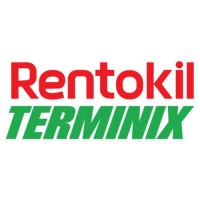
Great Clips Inc.
Established in Minneapolis in 1982, Great Clips has grown to be the world's largest and fastest growing salon brand. There are more than 4,400 salons throughout the United States and Canada -- all of them owned by franchisees. Visit us at www.greatclips.com Employment Information for Corporate Employees: - Competitive medical, dental, flexible spending and disability benefits - Flexible work options like compressed work weeks, and telecommuting - Award-winning wellness programs and tuition assistance - View corporate opportunities at: https://jobs.greatclips.com/corporate Stylists/Salon Managers can find employment information at: https://jobs.greatclips.com For more information on Great Clips franchises, visit www.GreatClipsFranchise.com






